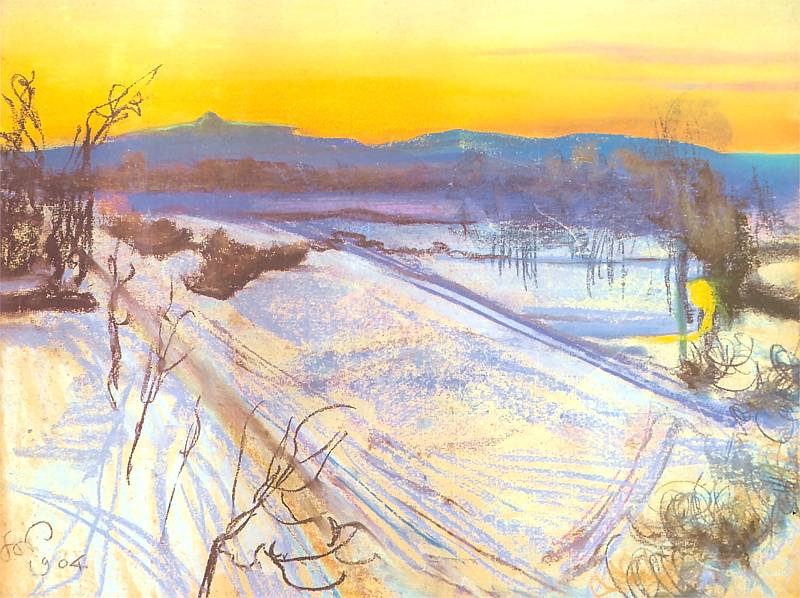I have already mentioned here the exhibition in Chichester, ‘Poets in the Landscape’, and I have now been to see it. It is like three little exhibitions in one.
The third room includes Neo-Romantic artists like Sutherland, John Piper and Paul Nash, with particular reference again to their links with poetry, through book illustration and work for Horizon, Penguin New Writing and Poetry London. There is Geoffrey Grigson’s The Poet’s Eye, for example, with illustrations by John Craxton: the first in a series of seven anthologies, New Excursions into English Poetry, whose general editors were Sheila Shannon and Walter James Turner. Other volumes included English, Scottish and Welsh Landscape, illustrated by Piper with verse chosen by John Betjeman and Geoffrey Taylor, and Sea Poems chosen by Myfanwy Piper and illustrated by Mona Moore. Walter James Turner was the general editor of Britain in Pictures, a series covering various aspects of Britishness, including Romanticism: John Piper’s British Romantic Art traced the tradition from Wilson, Blake and Constable through to Nash and Sutherland. Other volumes included Grigson’s English Landscape, Betjeman’s English Churches, Vita Sackville-West’s English Country houses, Lord David Cecil’s English Poets and Stephen Bone’s British Weather.
The third room includes Neo-Romantic artists like Sutherland, John Piper and Paul Nash, with particular reference again to their links with poetry, through book illustration and work for Horizon, Penguin New Writing and Poetry London. There is Geoffrey Grigson’s The Poet’s Eye, for example, with illustrations by John Craxton: the first in a series of seven anthologies, New Excursions into English Poetry, whose general editors were Sheila Shannon and Walter James Turner. Other volumes included English, Scottish and Welsh Landscape, illustrated by Piper with verse chosen by John Betjeman and Geoffrey Taylor, and Sea Poems chosen by Myfanwy Piper and illustrated by Mona Moore. Walter James Turner was the general editor of Britain in Pictures, a series covering various aspects of Britishness, including Romanticism: John Piper’s British Romantic Art traced the tradition from Wilson, Blake and Constable through to Nash and Sutherland. Other volumes included Grigson’s English Landscape, Betjeman’s English Churches, Vita Sackville-West’s English Country houses, Lord David Cecil’s English Poets and Stephen Bone’s British Weather.





